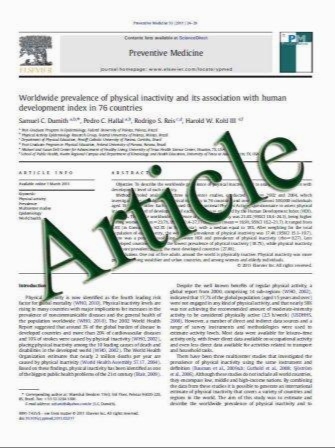Demonstrations of AIDS-associated malignancies and infections at FDG PET-CT
- نوع فایل : کتاب
- زبان : انگلیسی
- مؤلف : Yiyan Liu
- چاپ و سال / کشور: 2011
Description
HIV infection results in profound alterations of immunologic function that render the patient severely immunocompromised, and susceptible to malignancies and opportunistic infections. Three AIDS-defining malignancies include Kaposi’s sarcoma (KS), non-Hodgkin’s lymphoma (NHL) and invasive cervical cancer. In AIDS patients, KS is often aggressive and multifocal, with visceral involvement and widespread cutaneous and nodal spread; NHL is always high grade and often widely disseminated at the time of diagnosis with frequent involvement of extranodal sites; cervical cancer is invasive and has greater likelihood of progression and metastasis. Although there are very sparse systemic data available in the literature, limited studies has shown that FDG PET-CT is a valuable imaging technique in the diagnosis, staging, restaging and monitoring therapeutic response in these malignancies. In addition, a unique application of FDG PET/CT is the differentiation of cerebral lesions between lymphoma and toxoplasmosis in AIDS patients, which cannot be reliably achieved with either CT or MRI. HIVassociated opportunistic infections may involve different pathogens and multiple tissues, organs or systems. Some preliminary observations have revealed a promising role of FDG PET-CT in the diagnosis and identification of these infections such as tuberculosis, fever of unknown origin, pneumocystis pneumonia and candidiasis. However, it should be stressed that FDG PET-CT alone has no role in identifying the pathology of abnormalities. FDG PET-CT, at best, can localize the sites of abnormalities and impact on patient’s management in clinical decision making.
Ann Nucl Med DOI 10.1007/s12149-011-0506-y Received: 16 March 2011 / Accepted: 30 May 2011


